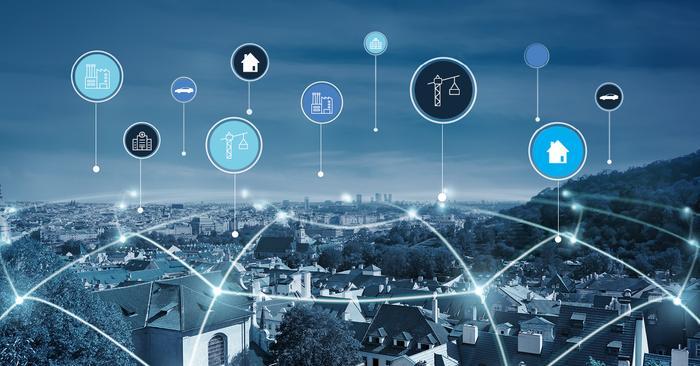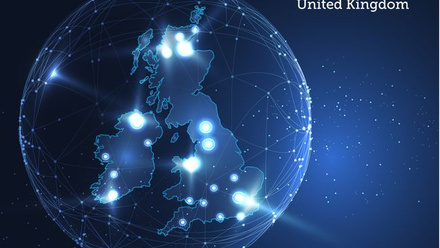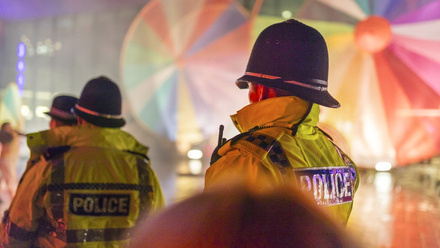Health takes first place, thanks to the UPRN

Introduction
In late 2020, GeoPlace and the Local Government Association (LGA) started surfacing some examples of life-changing case studies, which had made brilliant use of open Unique Property Reference Numbers (UPRNs). The project highlighted what local authorities had been doing in response to COVID-19, and how they’d been using UPRNs in particular to overcome different challenges and deliver services efficiently to the people who needed them most.
Open UPRNs
After a period of intense activity led by the UK’s Geospatial Commission, major changes happened in the UK geospatial industry in 2020. The Commission – along with the LGA, the Improvement Service (on behalf of Scottish Local Government), and Ordnance Survey – set out to investigate the benefits that society could receive by opening up UPRNs and USRNs, along with their respective geometries. As a result, the identifiers were then made openly available and royalty free for use on Open Government Licence (OGL) terms. As unique references, UPRNs identify every physical object in the landscape, from bus-stops to business empires, and they provide the vital link between people – their health – and place.
Results
Local authorities are working hard to ensure UPRNs are ubiquitous in the systems they use, but change does take time. However, as the COVID-19 pandemic took hold, it many councils realised the data they were receiving from central government – such as the information about individuals who were Shielding or Clinically Extremely Vulnerable (CEV) – did not include UPRNs. The authorities knew it would be much easier to identify and contact vulnerable individuals if they appended UPRNs to those lists.
Councils combined datasets that did have the UPRN in them, to those CEV lists. For example, at Leeds City Council, the Gazetteer team took address information from the Council Tax and Housing data and linked it to the CEV list. If a property was designated as being occupied by someone who was eligible for single person Council Tax, then that information could be used as a proxy to indicate someone was living alone. Calls could then be made to offer support etc.
Barnsley Metropolitan Borough Council used UPRNs to build a Vulnerability Index and proactively support people in first wave of Covid-19. In just under two weeks, the team linked UPRNs to each one of its corporate inputs – 26 different council data sets in all. This involved loading a large quantity of UPRNs into a data-warehouse and GIS database. The aim was to use this data to target vulnerable people, using the Vulnerability Index to signpost to services – and as a result, over 17,000 calls to 10,000 properties were made during March and April 2020. This resulted in proactive support being taken up by 330 families.
After Wave 1 of COVID-19, iStandUK successfully bid for COVID-19 challenge funding from the Ministry of Housing, Communities and Local Government (MHCLG) to run the Scalable Approach to Vulnerability Via Interoperability (SAVVI) project. UPRNs played a key role in this project as it set out to examine how councils had used data during the pandemic and to propose improved data standards as a result. SAVVI produced a risk index and a case index and created a set of data standards and a catalogue of good practice recommendations, data matching guidance and suggestions for using and investing in UPRNs in back office systems. It has set up a website at: http://www.savviuk.org. In terms of identifying citizens at risk, SAVVI doesn’t dictate risk stratification algorithms but it aims to encourage innovation to occur in councils within a suggested framework.
Trends
Throughout the project, Shielding and CEV lists were found to be missing UPRNs. As Public Health England (PHE) test and case data does not use an address lookup it therefore cannot supply UPRNs. But as soon as UPRNs were combined or linked to various council data sets, the efficiency and effectiveness of council services improved almost overnight. Local authorities have found that UPRNs let them carry out rapid interventions. It may have happened as a result of COVID-19, but many people see this as an opportunity to build on good practice and increase awareness of UPRNs within their councils.
You can read more insights from techUK's #GeospatialFuture campaign here!

Laura Foster
Laura is techUK’s Associate Director for Technology and Innovation.







